#harney county
Text



Big Open Spaces - Harney County, Oregon - July 2015
"I like to be in big open spaces with high skies." Bruce Grobbelaar
#harneycounty#oregon#the great pnw#photographers on tumblr#pnw#oregonexplored#original photography#the old west#the high desert#storm clouds#open space#harney county#oregon outback
252 notes
·
View notes
Text

Wooden barn, eastern edge of Burns, Oregon, 2020.
37 notes
·
View notes
Text

Small Lake near Diamond, Oregon, 2020.
85 notes
·
View notes
Text

Klondike Saloon in Harney Oregon
The proprietor of the Klondike Saloon in Harney City was J. C. Buckland. Born in Canada his father became a Naturalized Citizen when he was a teenager. He was granted a liquor license in April of 1889. He was also involved in horse racing, farming and once took a string of horses to Alberta Canada where he made a decent return on his efforts. He passed away on April 2, 1907. I believe he may be the older gentleman in both photos.


East Oregon Herald., April 04, 1889
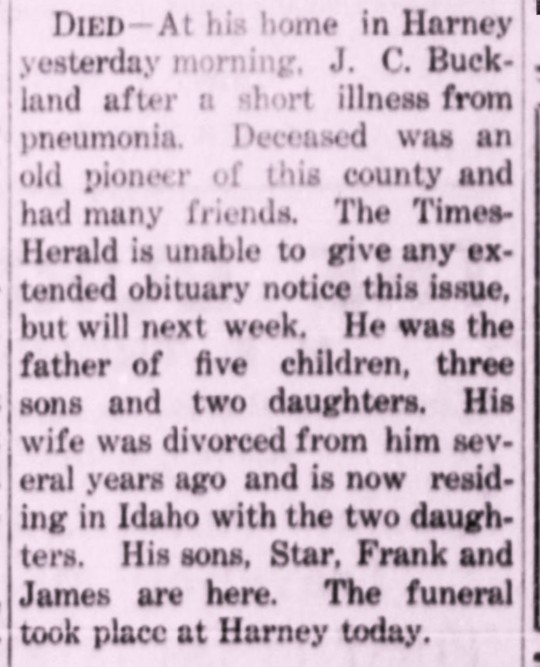
The Times-Herald., August 03, 1907
#oregon#eastern oregon#harneycounty#the great pnw#the old west#oregonoutback#pnw#oregon outback#harney county#the high desert#the times herald#saloon#vintage photography#Harney City
34 notes
·
View notes
Text

They make amazing milkshakes too
8 notes
·
View notes
Text



Talia Hope by Brendon Burton
14 notes
·
View notes
Text
Cattle King of Southeast Oregon
Cattle King of Southeast Oregon
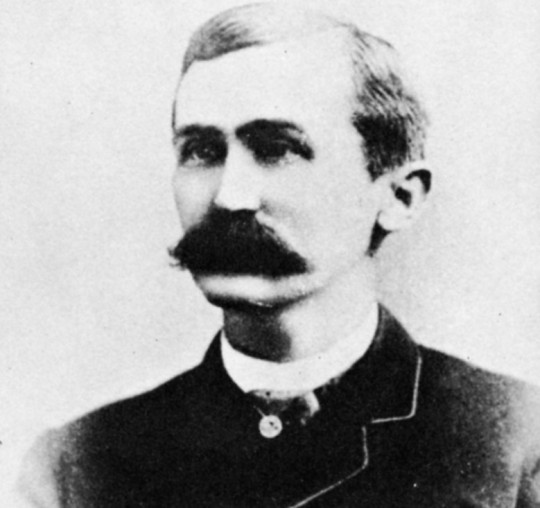
View On WordPress
1 note
·
View note
Text
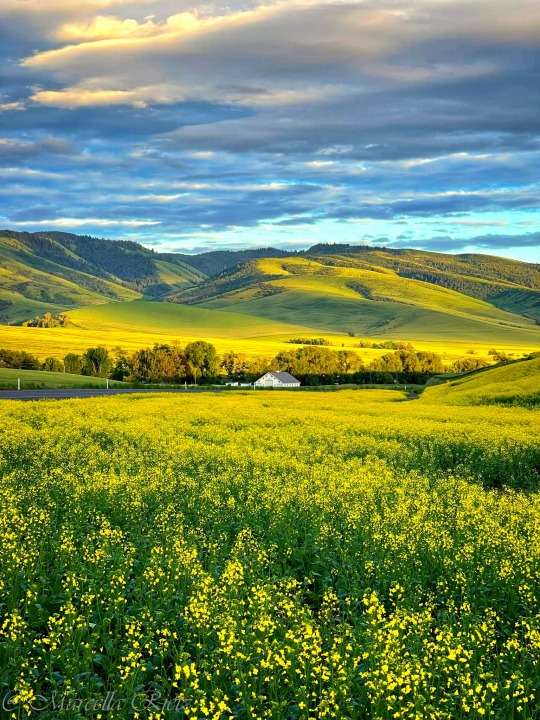
Blue Mountains, Eastern Edge of Walla Walla, Washington, USA
The Blue Mountains cover ten counties across two states; they are Union, Umatilla, Grant, Baker, Wallowa and Harney counties in Oregon, and Walla Walla, Columbia, Garfield and Asotin counties in Washington.
31 notes
·
View notes
Text
PORTLAND, Ore. (AP) — A voter-approved Oregon gun control law violates the state constitution, a judge ruled Tuesday, continuing to block it from taking effect and casting fresh doubt over the future of the embattled measure.
The law, one of the toughest in the nation, was among the first gun restrictions to be passed after a major U.S. Supreme Court ruling last year changed the guidance judges are expected to follow when considering Second Amendment cases.
The decision was handed down by Circuit Court Judge Robert S. Raschio, the presiding judge in Harney County in rural southeast Oregon.
The law requires people to undergo a criminal background check and complete a gun safety training course in order to obtain a permit to buy a firearm. It also bans high-capacity magazines.
Measure 114 has been tied up in state and federal court since it was narrowly approved by voters last November.
The state trial stemmed from a lawsuit filed by gunowners claiming the law violated the right to bear arms under the Oregon Constitution.
The defendants include such Oregon officials as Democratic Gov. Tina Kotek, Attorney General Ellen Rosenblum and State Police Superintendent Casey Codding. They can appeal to the Oregon Court of Appeals and the case could ultimately go to the Oregon Supreme Court.
Rosenblum plans to appeal the ruling, her office said in an emailed statement.
“The Harney County judge’s ruling is wrong,” the statement said. “Worse, it needlessly puts Oregonians’ lives at risk. The state will file an appeal and we believe we will prevail.”
One of the plaintiffs’ attorneys, Tyler Smith, welcomed the ruling.
“We hope the Attorney General’s office will realize that the ill-conceived and unconstitutional ballot measure should not be defended,” he said in an email.
The decision is likely “the first opening salvo of multiple rounds of litigation,” said Norman Williams, constitutional law professor at Willamette University.
During an appeals process, it’s likely that the injunction freezing the law would remain in place. Raschio was the judge who initially blocked it from taking effect in December.
The different lawsuits over the measure have sparked confusion over whether it can be implemented.
In a separate federal case over the Oregon measure, a judge in July ruled it was lawful under the Second Amendment of the U.S. Constitution.
But because Raschio found it to be invalid under the Oregon Constitution during the state trial, the law remains on hold. This is because state courts can strike down a state law that violates the state constitution, even if it’s permissible under the federal constitution.
“The U.S. Constitution sets a floor, not a ceiling, for rights, so state constitutions can be more rights-protective than the federal constitution,” Williams said.
Because of this, Oregon officials would have to win in both state and federal court for the law to take effect, he said.
During the state trial, the plaintiffs and the defense clashed over whether the permit-to-purchase provision would hamper people from exercising their right to bear arms. They also sparred over whether large-capacity magazines are used for self-defense and whether they’re protected under the Oregon Constitution.
The plaintiffs argued that firearms capable of firing multiple rounds were present in Oregon in the 1850s and known to those who ratified the state constitution, which took effect in 1859. The defense, meanwhile, said modern semiautomatic firearms were “technologically distinct from the revolvers and multi-barrel pistols that were available in the 1850s.”
In his opinion, Raschio disputed the defense’s claim that banning large-capacity magazines would help make mass shootings less deadly. He recognized that mass shootings “have a significant impact on the psyche of America when they happen,” but said they “rank very low in frequency.”
“The court finds that 10-round magazine bans are no panacea to prevent a mass shooter,” he wrote.
“People tend to believe these events are prolific and happening all the time with massive levels of death and injury,” he added. “The court finds this belief, though sensationalized by the media, is not validated by the evidence.”
The Oregon measure was passed after a U.S. Supreme Court ruling in June 2022 created new standards for judges weighing gun laws. That decision fueled a national upheaval in the legal landscape for U.S. firearm law.
The ruling tossed aside a balancing test that judges had long used to decide whether to uphold gun laws. It directed them to only consider whether a law is consistent with the country’s “historical tradition of firearm regulation,” rather than take into account public interests such as promoting public safety.
Since then, there has been confusion about which laws can survive. Courts have overturned laws designed to keep weapons away from domestic abusers and felony defendants. The Supreme Court heard a case on one such law this month and is expected to issue a ruling by early summer.
In her separate federal ruling over the Oregon law, U.S. District Judge Karin J. Immergut appeared to take into account the Supreme Court’s new directive to consider the history of gun regulations.
She found large-capacity magazines “are not commonly used for self-defense, and are therefore not protected by the Second Amendment.” Even if they were protected, she wrote, the law’s restrictions are consistent with the country’s “history and tradition of regulating uniquely dangerous features of weapons and firearms to protect public safety.”
She also found the permit-to-purchase provision to be constitutional, noting the Second Amendment “allows governments to ensure that only law-abiding, responsible citizens keep and bear arms.”
The plaintiffs in the federal case, which include the Oregon Firearms Federation, have appealed the ruling to the 9th U.S. Circuit Court of Appeals. The case could potentially go all the way to the U.S. Supreme Court.
Nine other states have permit-to-purchase laws similar to the Oregon measure, including New York, Hawaii, Maryland and Massachusetts, according to data compiled by the Giffords Law Center to Prevent Gun Violence.
Apart from Oregon, 11 states including California, along with Washington, D.C., limit large-capacity magazines holding more than 10 rounds, according to the Giffords Center. California’s ban on higher-capacity magazines remains in effect while the state fights a lower court’s ruling from September that the law is unconstitutional.
#nunyas news#CA court did this with a measure years back#still wild to me that it works this way#but also probably good
6 notes
·
View notes
Text

Poison Creek North of Burns Oregon - Harney County - September 2019
#harneycounty#harney county#highway 395#burns oregon#oregon#the great pnw#pnw#photographers on tumblr#exploreoregon#the high desert#the great high desert#pacific northwest#original photography#original photographers
34 notes
·
View notes
Text
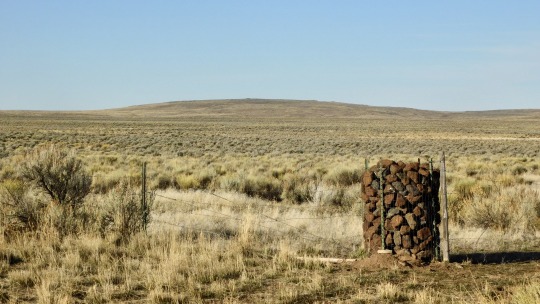
High desert landscape with rock cairn, Harney County, Oregon, 2020.
#landscape#desert#grassland#fence#rock cairns#harney county#oregon#2020#photographers on tumblr#pnw#pacific northwest
23 notes
·
View notes
Text

Window, Pete French Round Barn, Diamond, Oregon, 2020.
Another window, for @abstract-challenge
#abstract challenge#window
#abstract challenge#window#barn#historic building#pete french round barn#diamond#harney county#oregon#2020#photographers on tumblr#pnw#pacific northwest
48 notes
·
View notes
Text

No 15 Interior Episcopal Church Burns, Ore
A Photo Art Studio of Bend Oregon photo.
#oregon#eastern oregon#harneycounty#the great pnw#the old west#oregonoutback#pnw#oregon outback#burns oregon#harney county#the pacific northwest#vintage photography#photo art studio
29 notes
·
View notes
Text
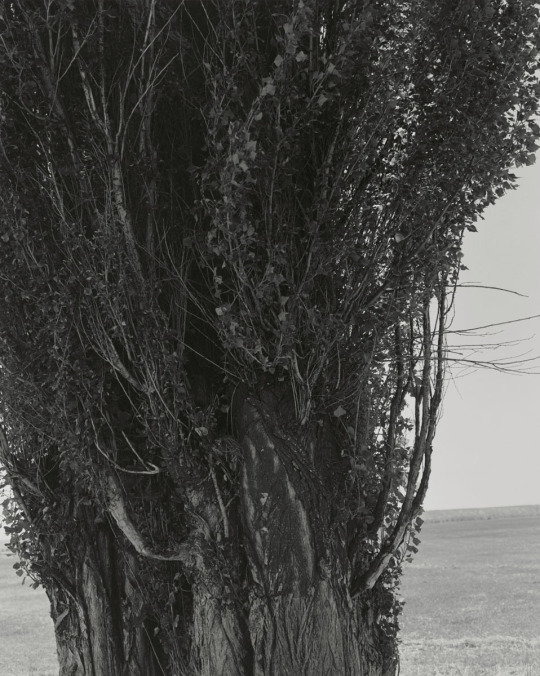


Robert Adams
Poplars
Harney County, Oregon, 1999
79 notes
·
View notes
Text
10 notes
·
View notes
Text

from chapter «ON THE FRONTIER»
«My mother’s family moved and bought and farmed and failed and moved on, from Missouri to Wyoming to Colorado to Oregon to California and back. We followed yang; we found yin. I am grateful. My heritage is the wild oats the Spanish sowed on the hills of California, the cheatgrass the ranchers left in the counties of Harney and Malheur. Those are the crops my people planted, and I have reaped. There is my straw-spun gold.»
From “The Wave in the Mind: Talks and Essays on the Writer, the Reader, and the Imagination” by Ursula K. Le Guin
3 notes
·
View notes